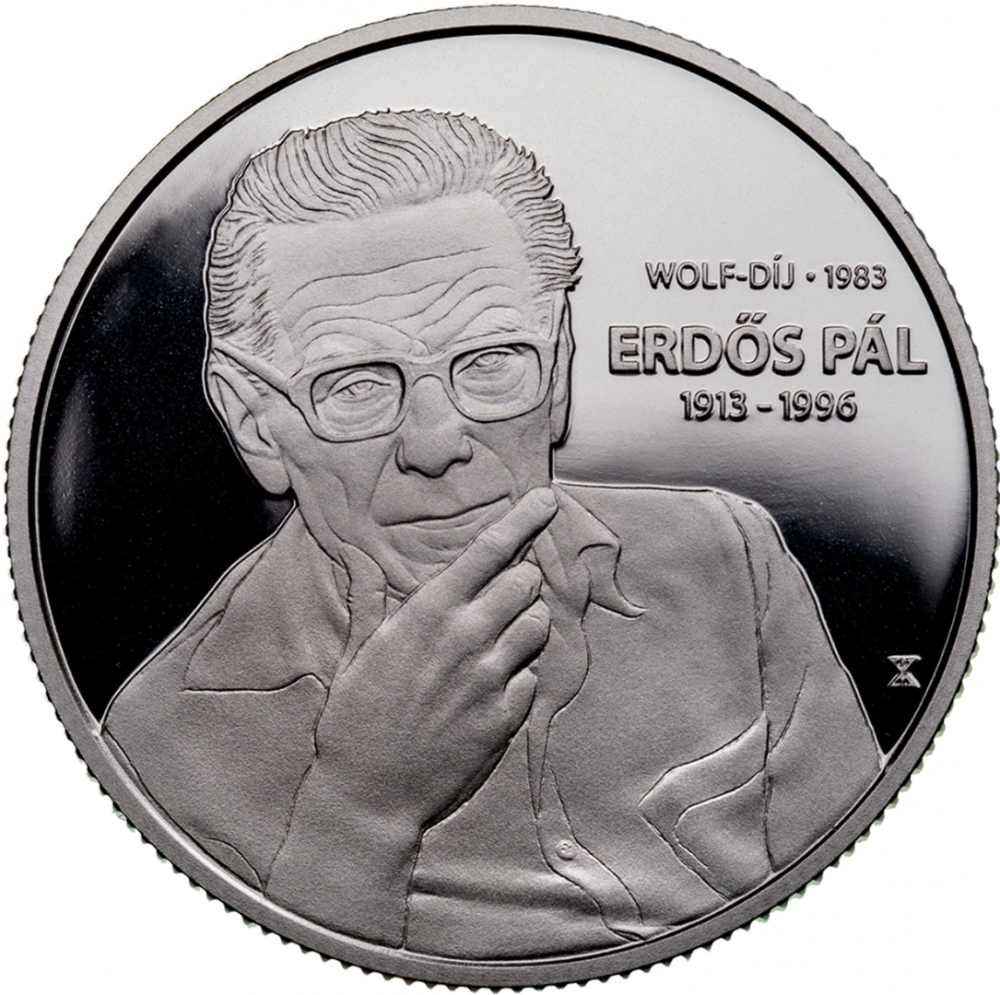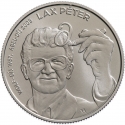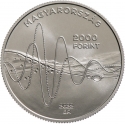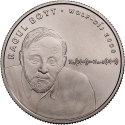You are about to finish your registration. Please check your mailbox (including spam folder). There should be a letter with a confirmation link. Check setting to make sure that your e-mail address is correct.
Send letter againDescription
The Wolf Prize is a prestigious international award granted in the fields of agriculture, chemistry, mathematics, medicine, physics, and arts. It was established in 1978 by the Wolf Foundation in Israel, founded by Dr. Ricardo Wolf, a German-born inventor, diplomat, and philanthropist, and his wife Francisca. The prize aims to recognize outstanding achievements in these areas and promote the advancement of science and culture worldwide. It is awarded annually, with laureates receiving a diploma and a monetary award. Many recipients of the Wolf Prize have gone on to win Nobel Prizes in their respective fields.
Paul Erdős (1913-1996) was a renowned mathematician born in Hungary. He remains celebrated as one of the most prolific and influential mathematicians of the 20th century, renowned for his extensive collaborations with mathematicians worldwide.
Erdős made significant and lasting contributions across various fields of mathematics, including number theory, combinatorics, graph theory, and analysis. His legacy includes over 1,500 mathematical papers, marking him as one of history's most prolific mathematicians. Erdős was distinguished for his elegant proofs, problem-solving prowess, and profound insights into mathematical challenges.
Among Erdős's notable achievements was his groundbreaking work in graph theory, where he introduced fundamental concepts and conjectures. He also contributed significantly to Ramsey theory, probabilistic methods in combinatorics, and the study of prime numbers.
Despite never holding a formal academic position, Erdős received numerous accolades and awards for his profound impact on mathematics, including the Wolf Prize and the prestigious Abel Prize.
Engraver: Zoltán Kovács
Obverse

|
Depicts the half-length portrait of Pál Erdős. To the right of the portrait, in three lines, the "WOLF PRIZE • 1983" marking his mathematical award and the year of its award, the "ERDŐS PÁL," and the years of Erdős Pál's birth and death "1913–1996" are visible. At the bottom right side, the engraver's privy mark is placed. WOLF-DÍJ • 1983 |
|---|---|
Reverse

|
Depicts the formula "n < p < 2n" describing Chebyshev's theorem (there is always a prime number between n and the double of n, if n is a positive integer) proved by Pál Erdős. Behind the formula, there is an illustration of a prime spiral. Along the edge, in a circular pattern, the inscription "HUNGARY" is placed at the top, while the denomination and "FORINT" inscription are at the bottom. These are separated by the mint mark "BP." on the left side and the issuance year "2023" on the right side. MAGYARORSZÁG |
| Edge |







